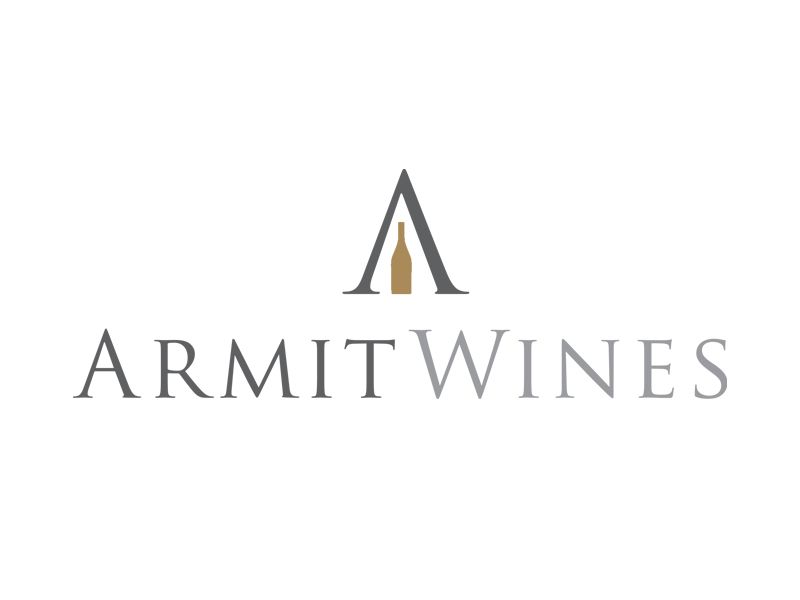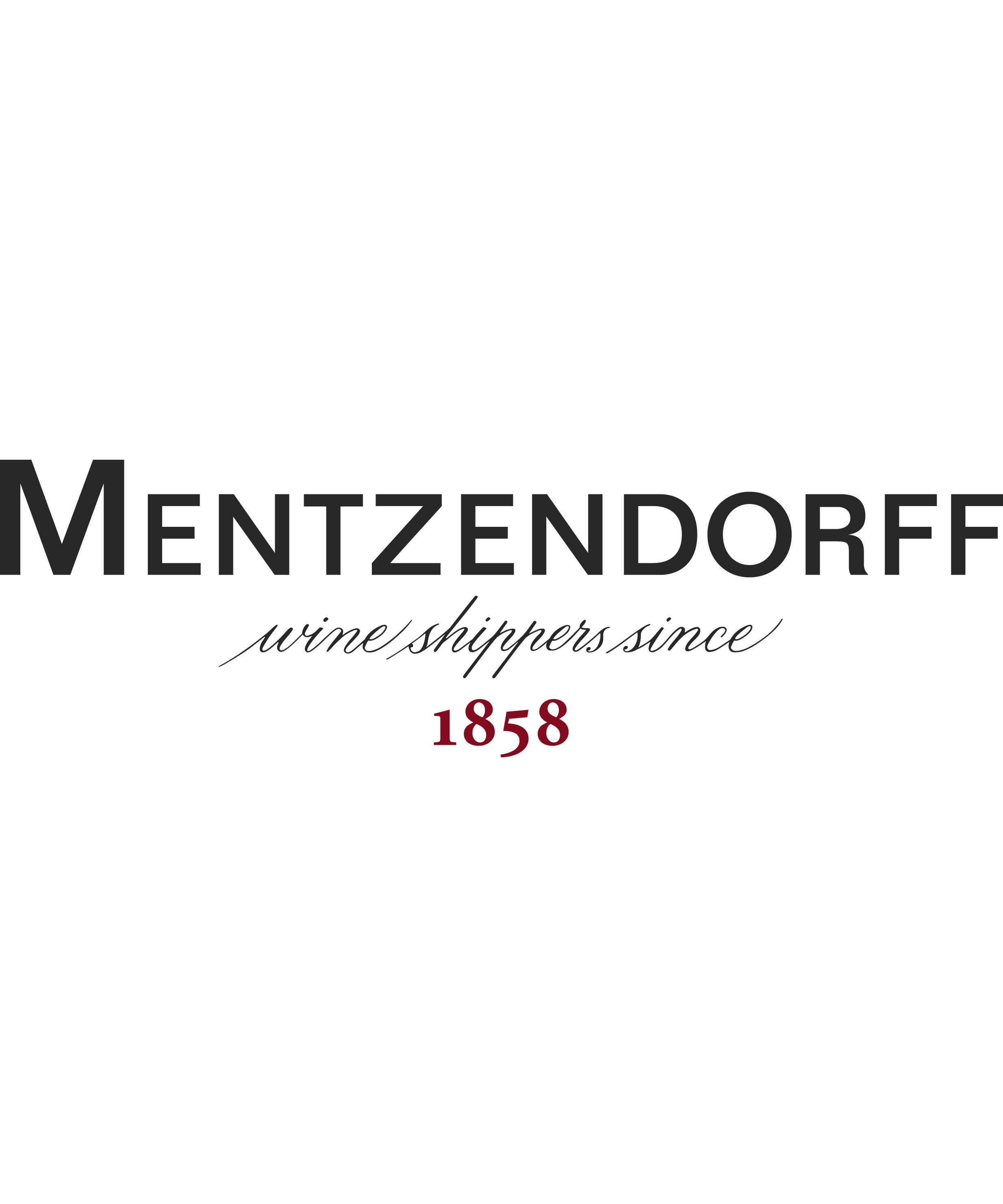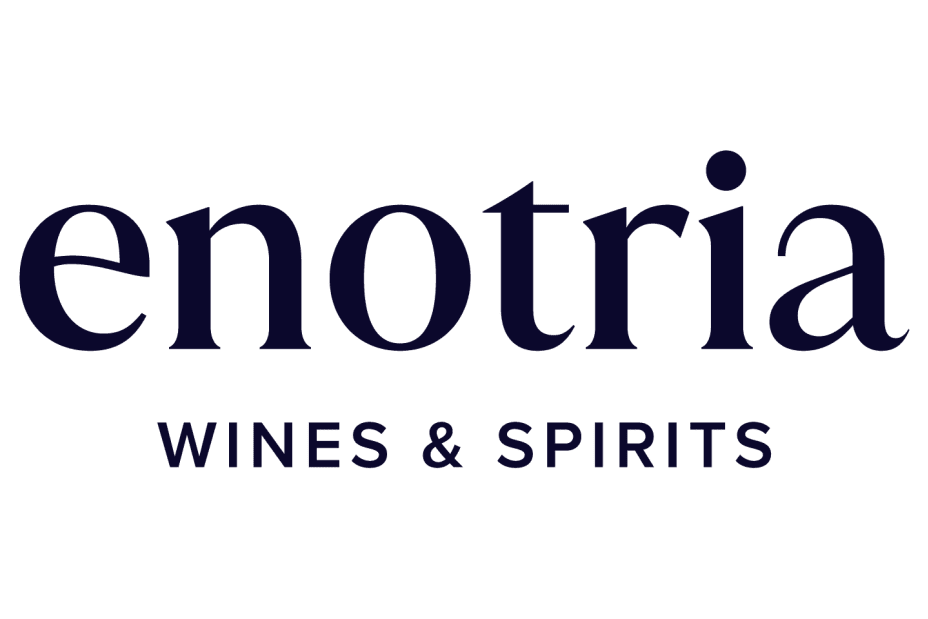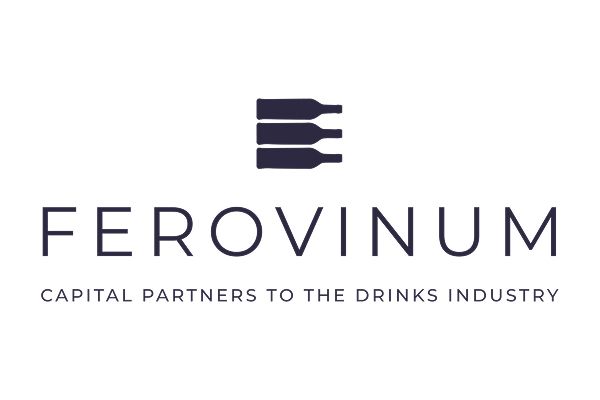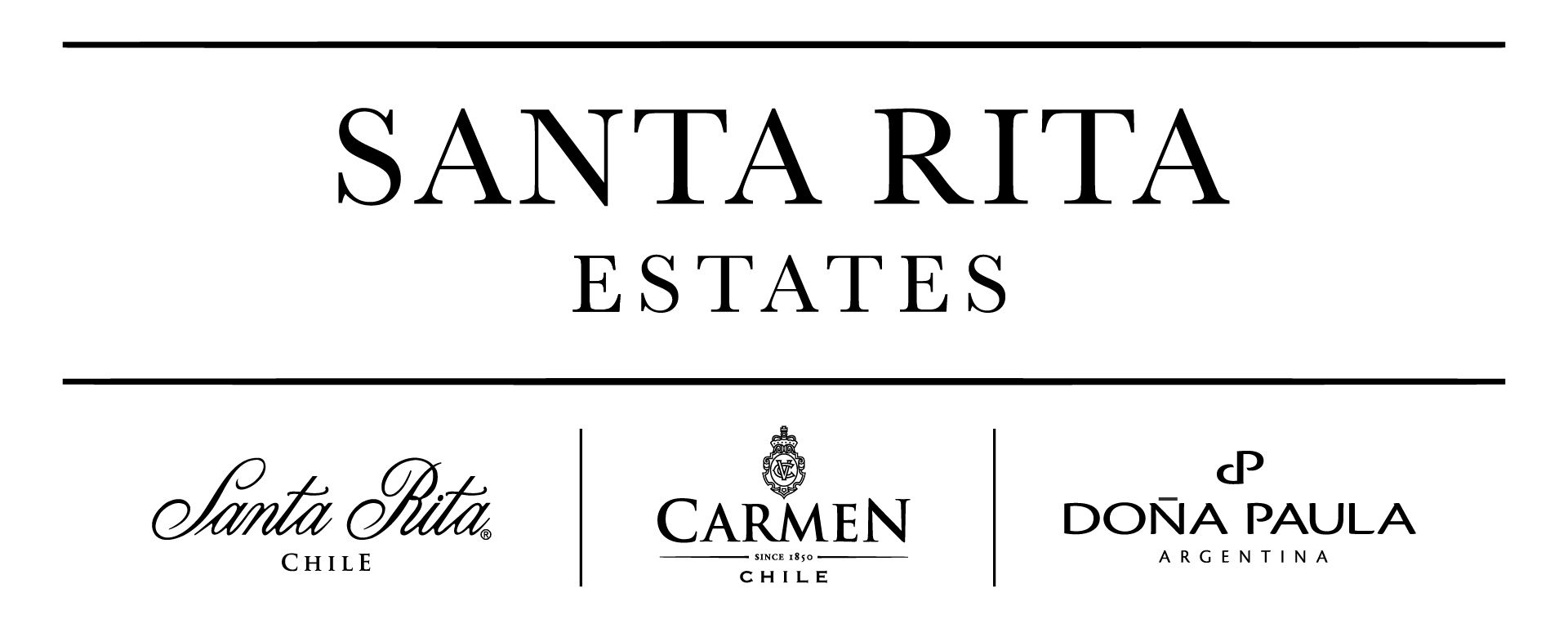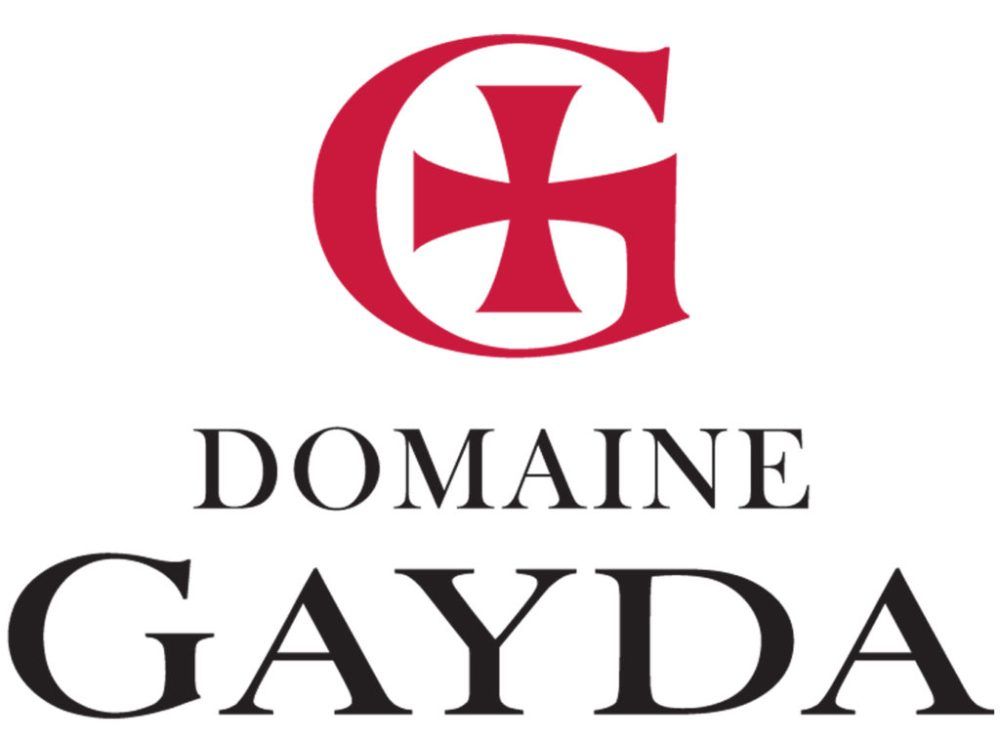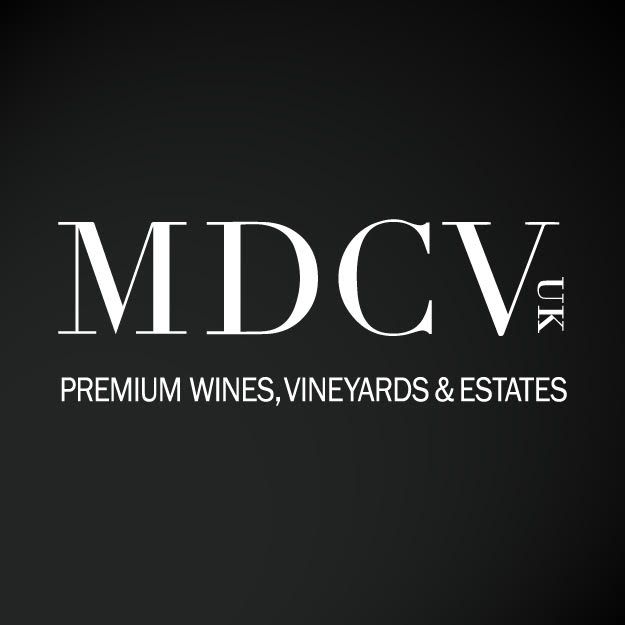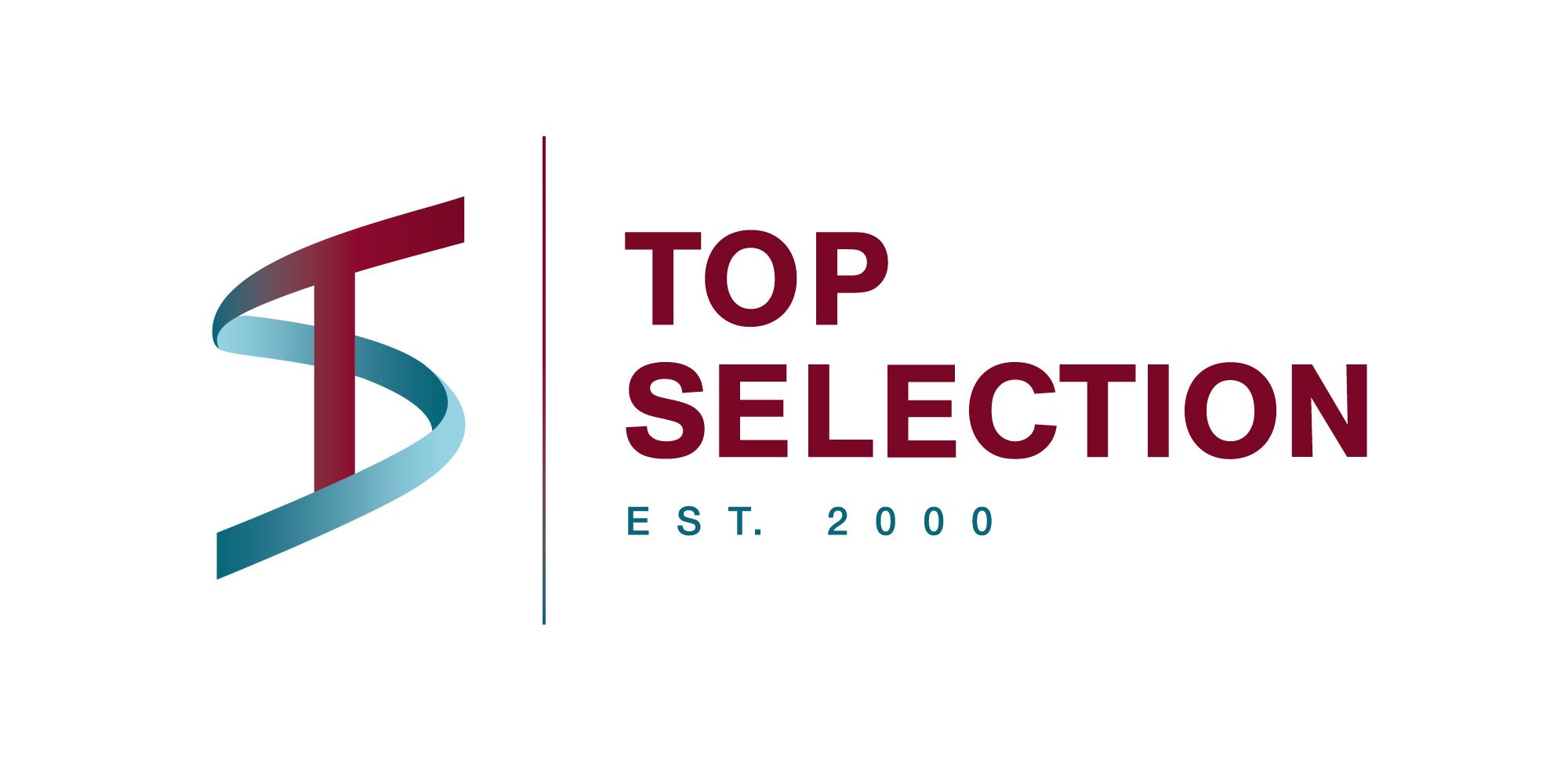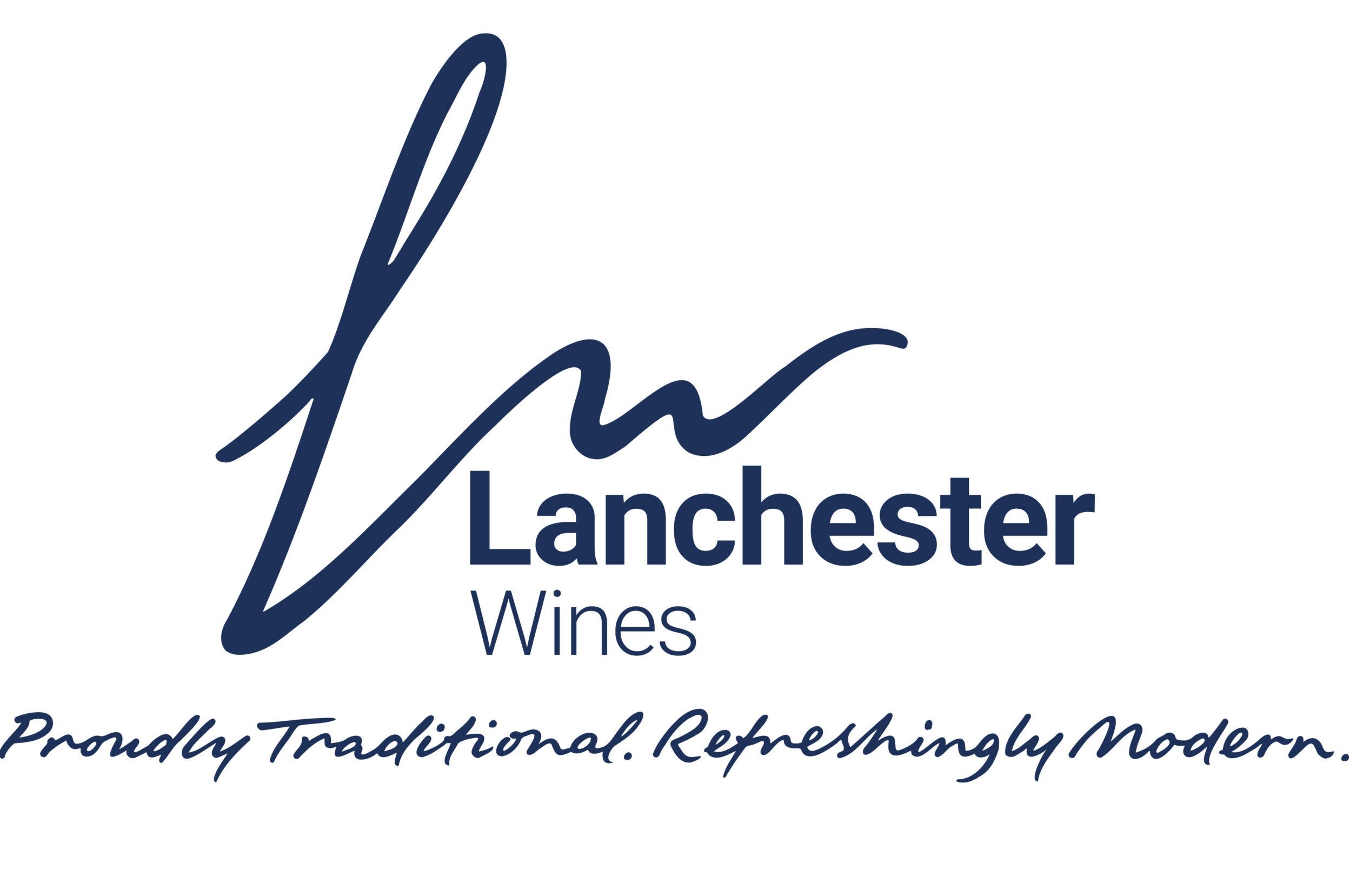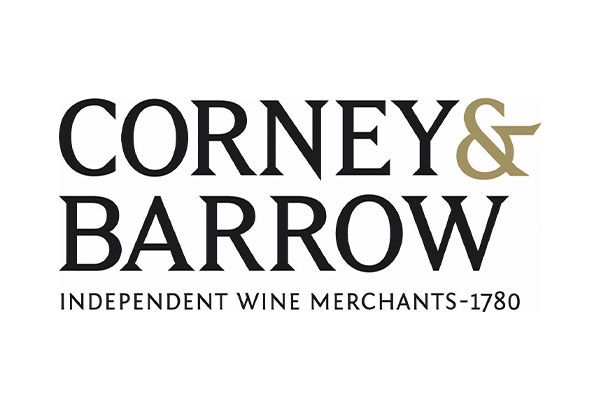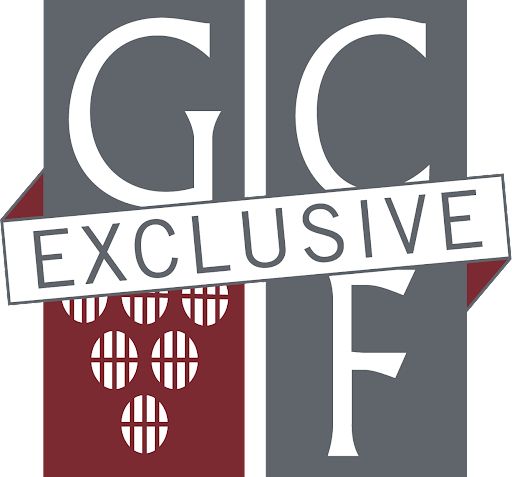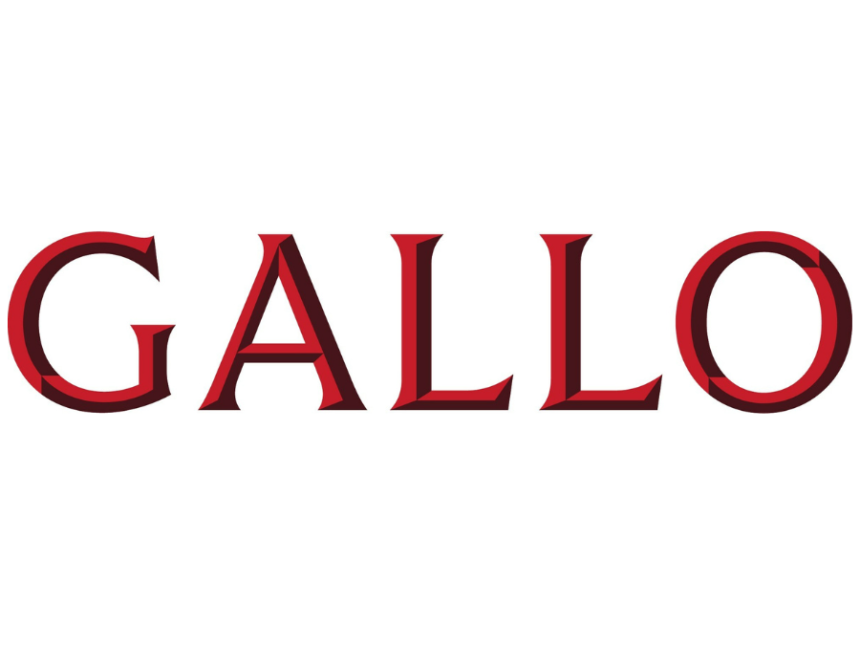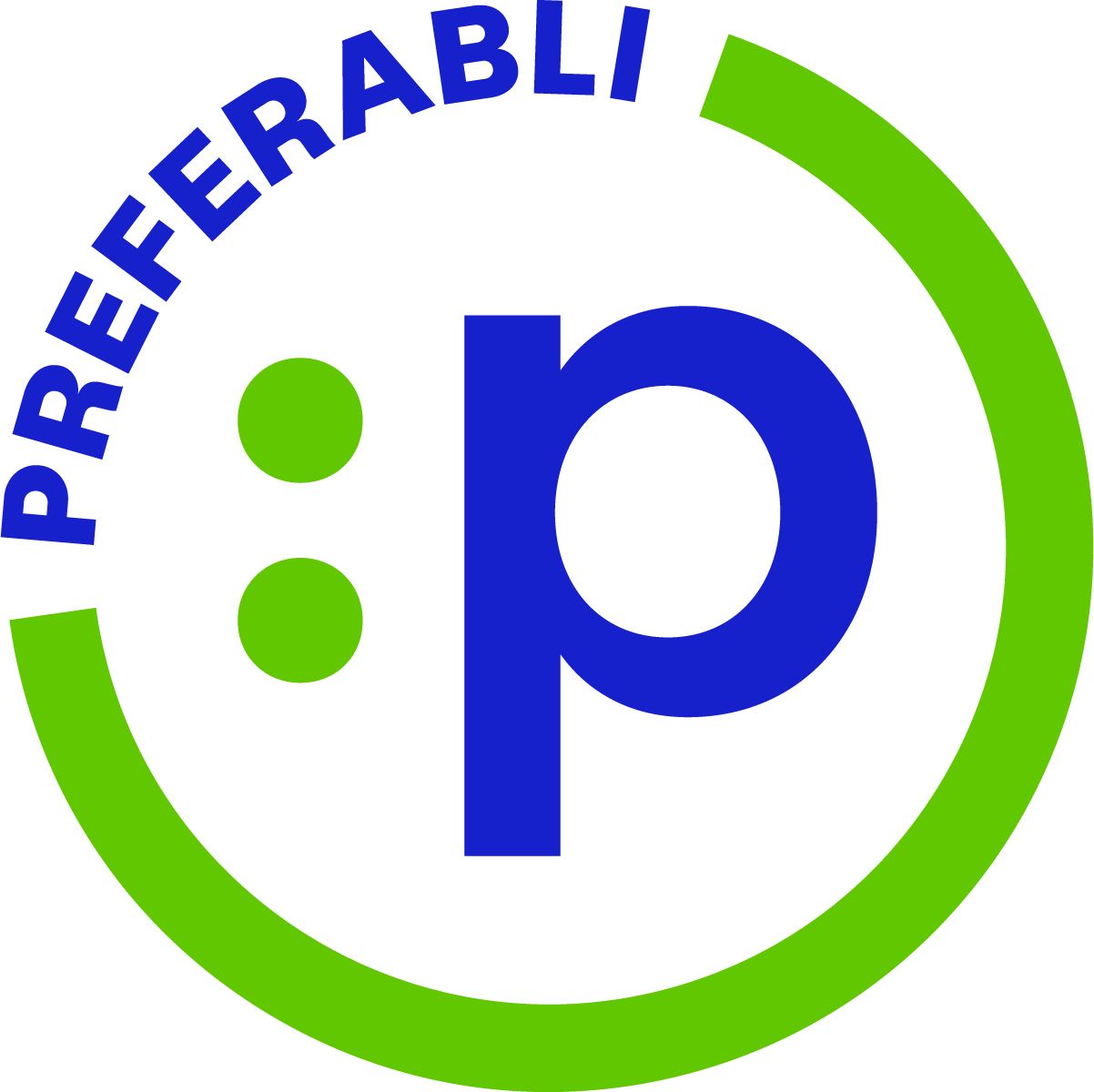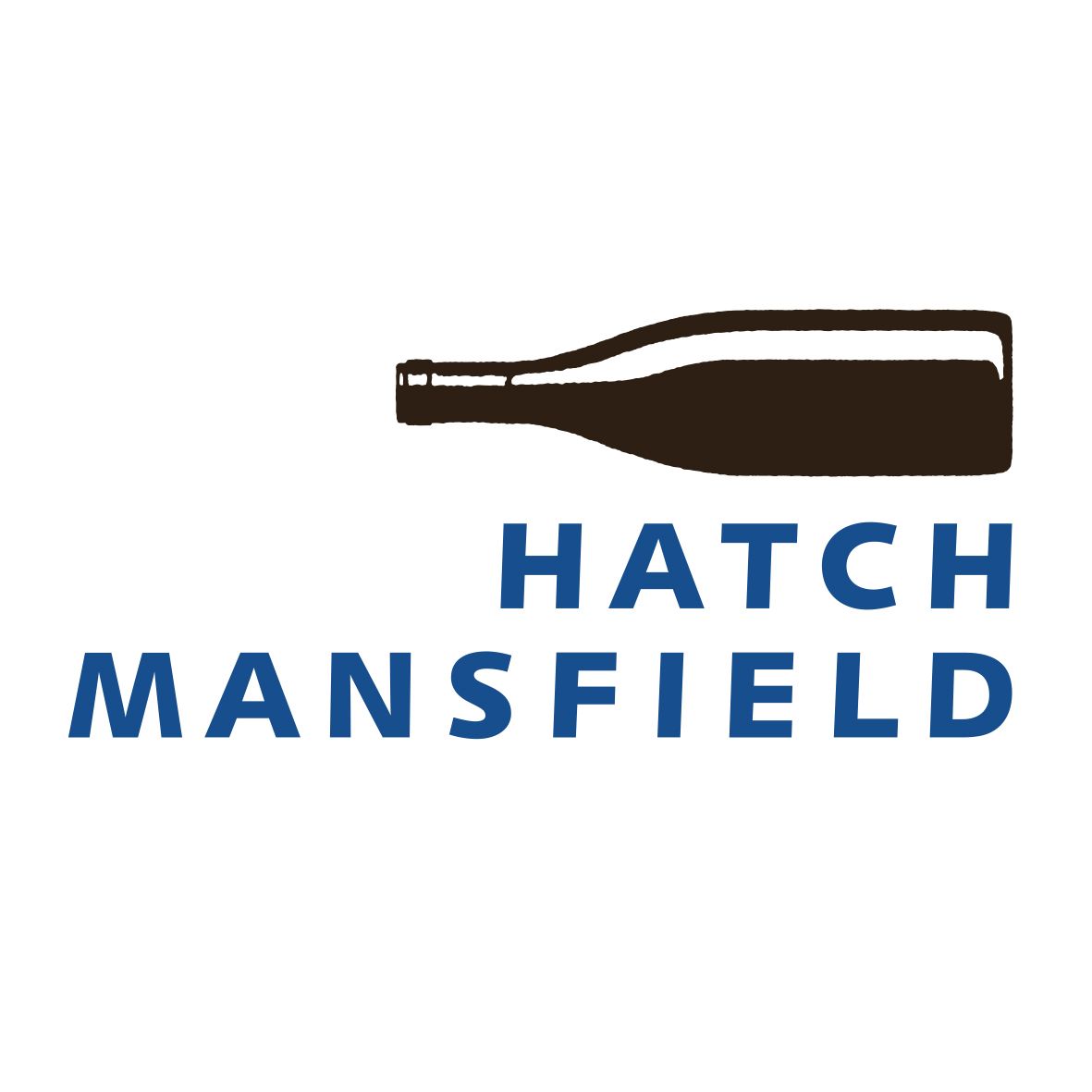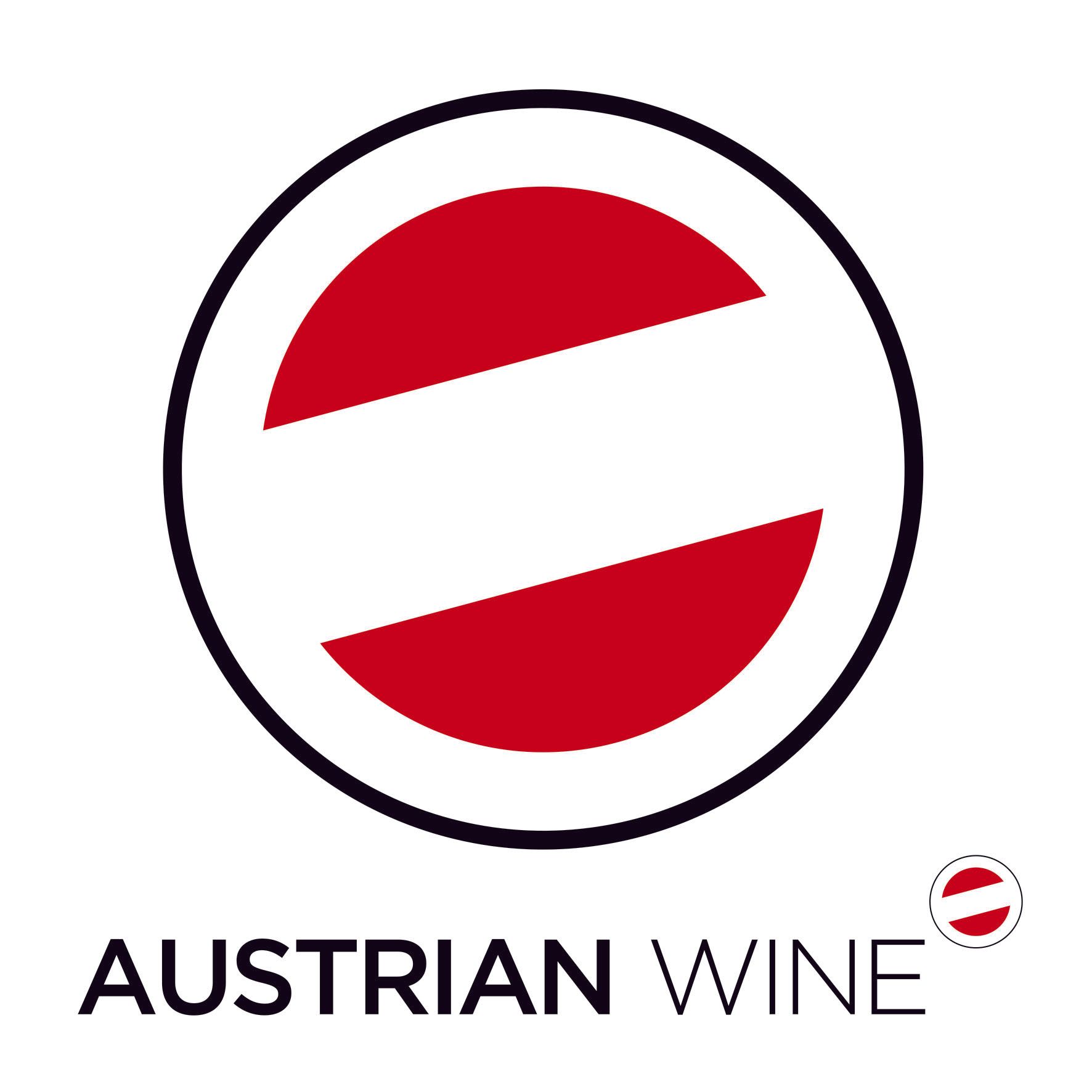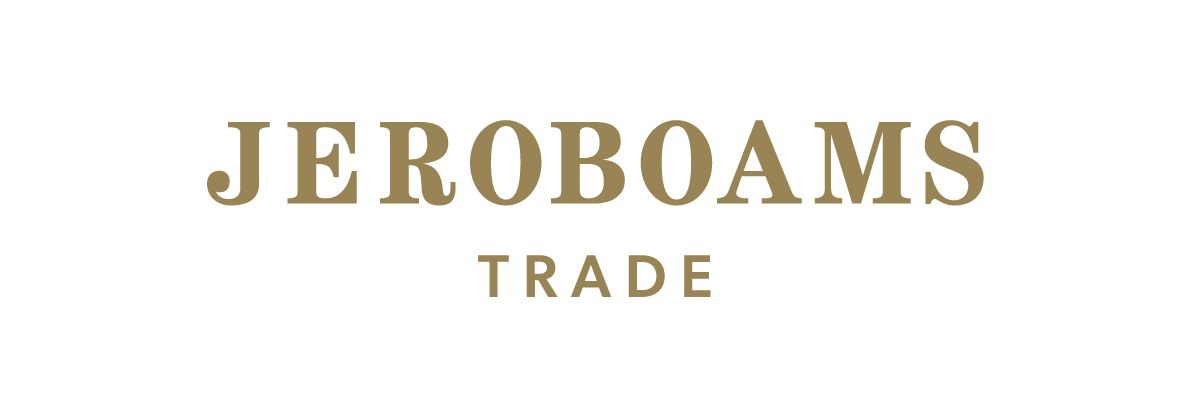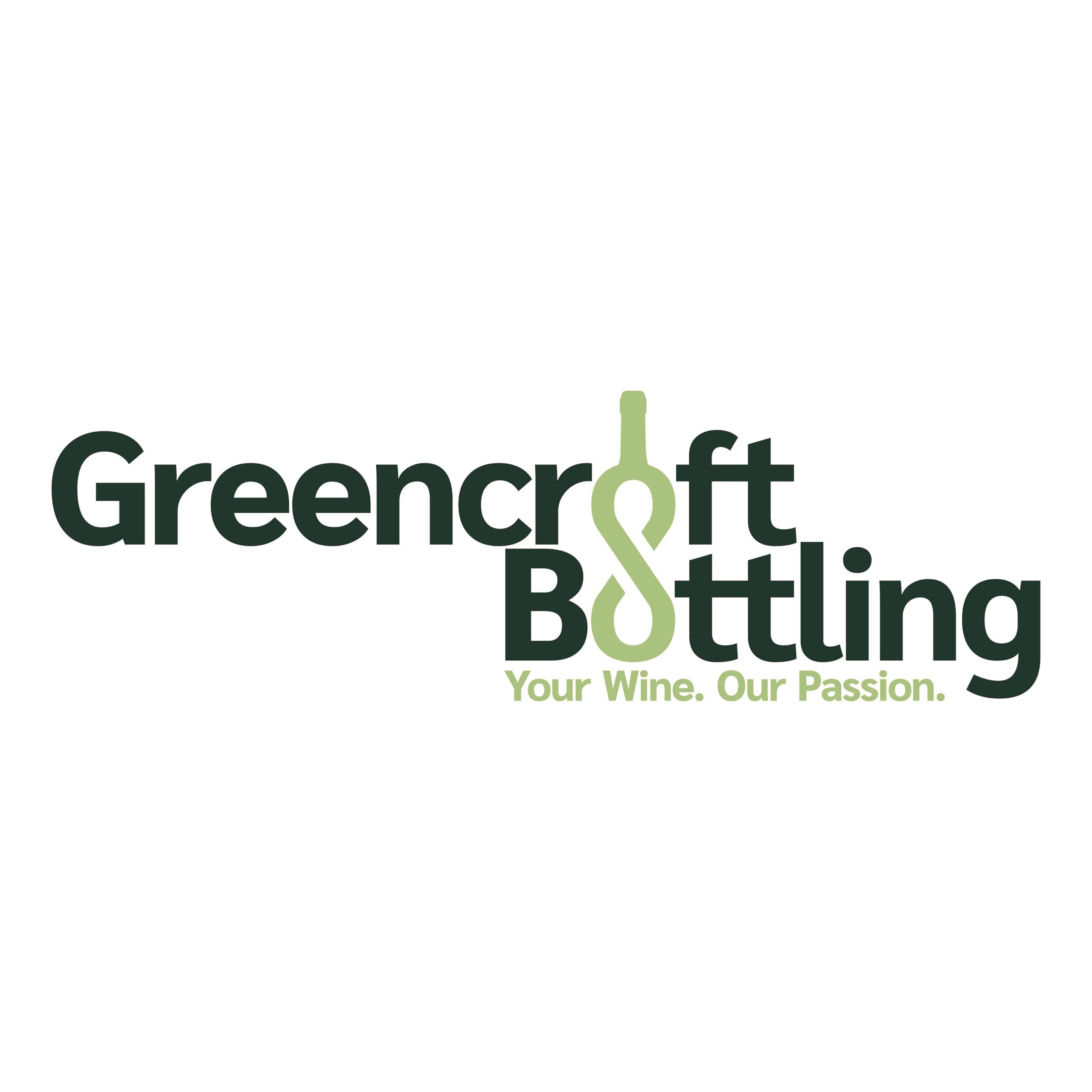The strength of the 2008 vintage was one of the key highlights of the Official #Champagne Experience Day, along with other vintages, a region to watch, a clever release strategy and a Champagne to really knock your socks off.
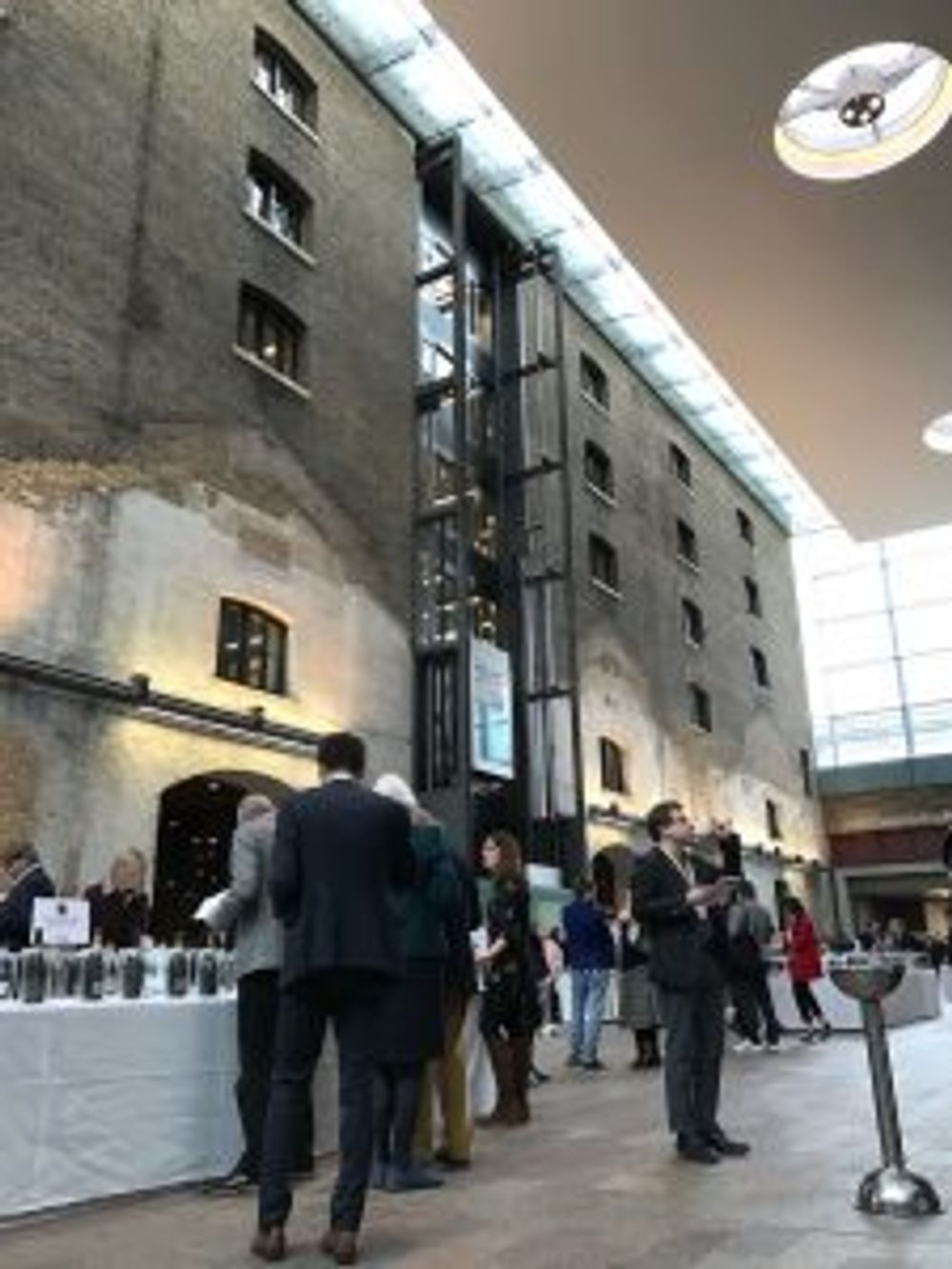
Although this year’s Official #Champagne Experience Day (is it me or does that sound like a Red Letter Day?) will probably be remembered as the year that one national journalist had a Twitter rage at the event organisers, there was actually plenty to like and much to discover…. so long as you brought along your own notebook to write notes down in. Ahem.
All in all there were 68 Champagne brands showing their wines, this year in the new venue of Central Saint Martins’ base at King’s Cross.
If figures of attendees weren’t down, it certainly felt that way, with many buyers and scribes electing to go to Enotria&Coe’s tasting, running concurrently. The aircraft-hangar space of the central exhibition area amplified this, even though it has contemporary grandeur and style.
On the back of the official 2016 shipment figures that had just been released – Champagne sales in the UK were down in both value and volume – there was a noticeable ‘flatness’ to proceedings.
Aside from the exhibitors tables there were three self-pour zones featuring Vintage, Rosé and Blanc de Blancs which reinforced the positive spin from the figures that UK consumers are turning away from cut-price Champagne from the multiples and prepared to spend money on prestige cuvées.
Sommeliers I talked to at the event reinforced this – that, nice though it is to discover new wines at this tasting, customers bending the plastic in the on-trade are more likely to go for a name they know.
In no particular order, then, this is what I took away from the event:
Some tasting notes simply say ‘Wow’
It’s all subjective of course but there are wines that simply knock your socks off – everything but everything is in the right place at the right time.
For me Charles Heidsieck Blanc des Millénaires 1995 is that Champagne.
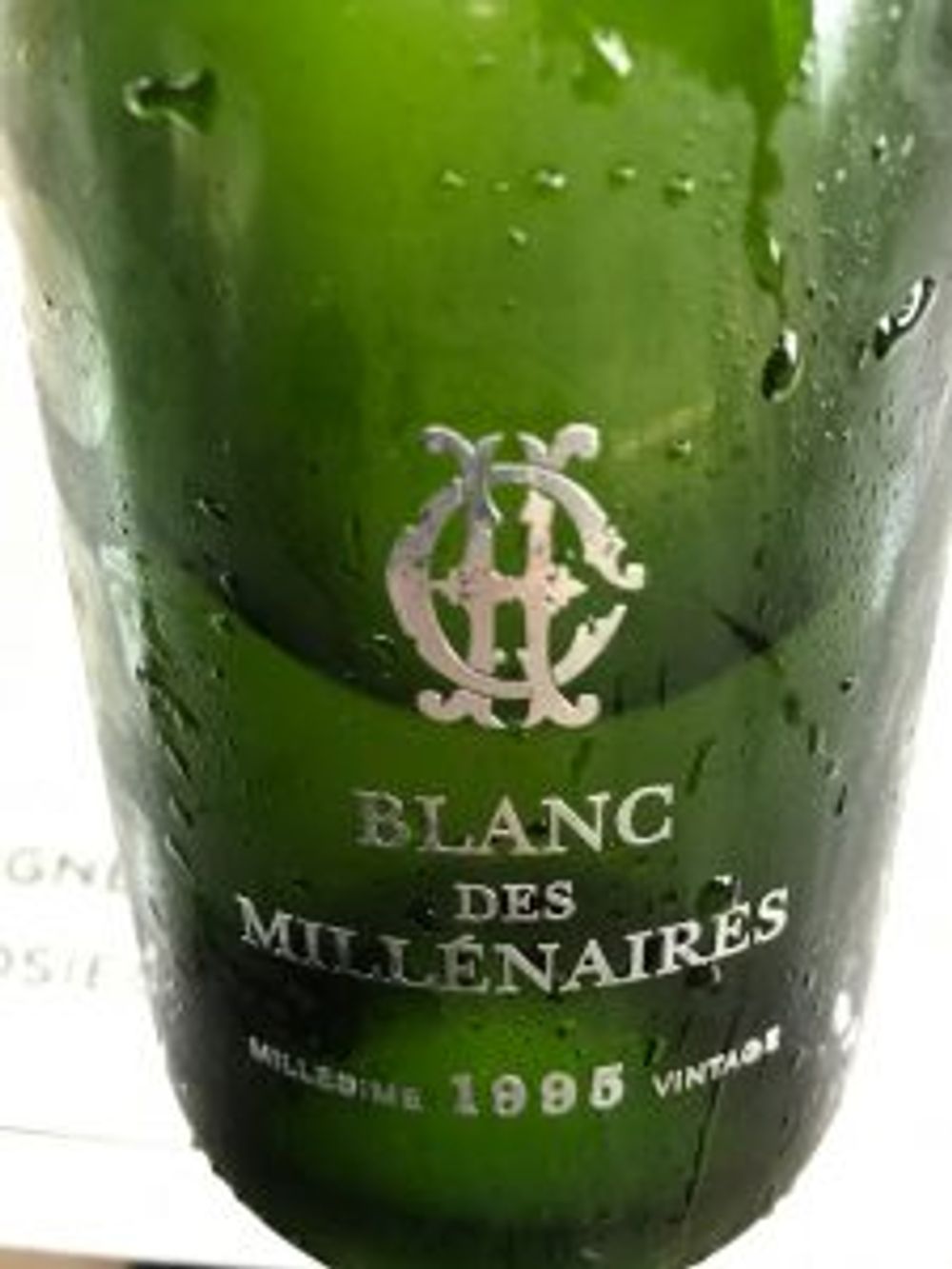
I first tried the 1985 of this that Harrods had on an exclusive a few years ago and to this day it is the best Champagne that has passed these lips. The 1995 reminds me of that moment.
It is golden in colour, has a refinement, a velvet texture and a boldness that at first surprises you with its gravitas. It demands to be taken seriously. The nose is nutty, candied fruits, the palate is savoury with secondary and tertiary notes just coming through – aged stone fruit, salted caramel, a hint of vanilla.
Roger Jones has this by the glass at The Harrow at Little Bedwyn. Seved with his scallop burger Amuse-bouche there are few finer ways to start an evening.
Jacquesson’s late disgorgement strategy means two ‘vintages’ a year
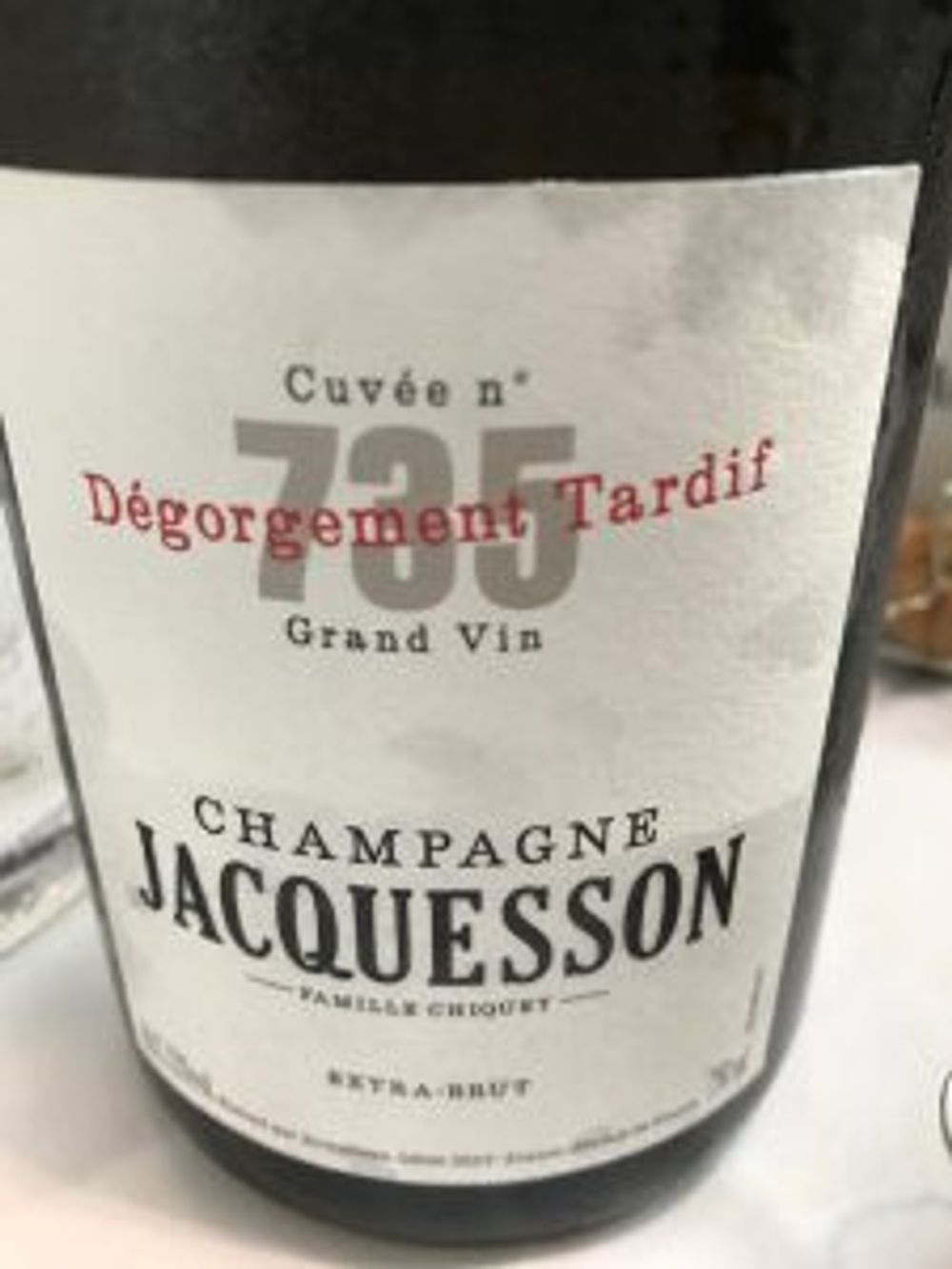
I personally find Jacquesson’s numbering system for its vintages unnecessarily complicated and I’d bet the consumer does too. However, their DT wines concept is genius, as well as delicious.
For a full explanation of their ‘vintage’ numbering system see here.
The Chiquet brothers’ iconoclastic approach to winemaking reaches its apotheosis in the Cuvée 700 Dégorgement Tardif or DT wines. Here, the wines are allowed to rest on their lees for an additional six months to get added complexity.
In reality this means that Jacquesson can release not one ‘new vintage’ a year but an additional new wine six months later (a tranche of 15,000 bottles on September 1) giving them effectively two ‘vintages’ a year.
Their whole range showed well at Official #Champagne Experience Day but it was the 735 DT (based around the 2007 vintage) that shone above the others, the wine having a wonderful richness. I liked the whole range very much to be honest.
The 2008 vintage is drinking very well indeed
Of all the vintages on show on the Vintage table it was the 22 wines from 2008 that really shone and provided opportunity to pick up wines that were punching above their weight.

The well known marques made classic, structured wines in 2008 – Pol Roger and Moët were showing well – but I counted 10 producers who are less well known that also delivered the goods in this vintage, Devaux, Drappier, H.Blin, Palmer and Thiénot were outstanding with clear, precise, fruity wines with enough structure to reward cellaring, although all were drinking very well on the day.
Also noteworthy but not quite to the same level were AR Lenoble, Chassenay D’arce, Lallier and Tsarine.
The Aube is a region to watch for its Blanc de Noirs
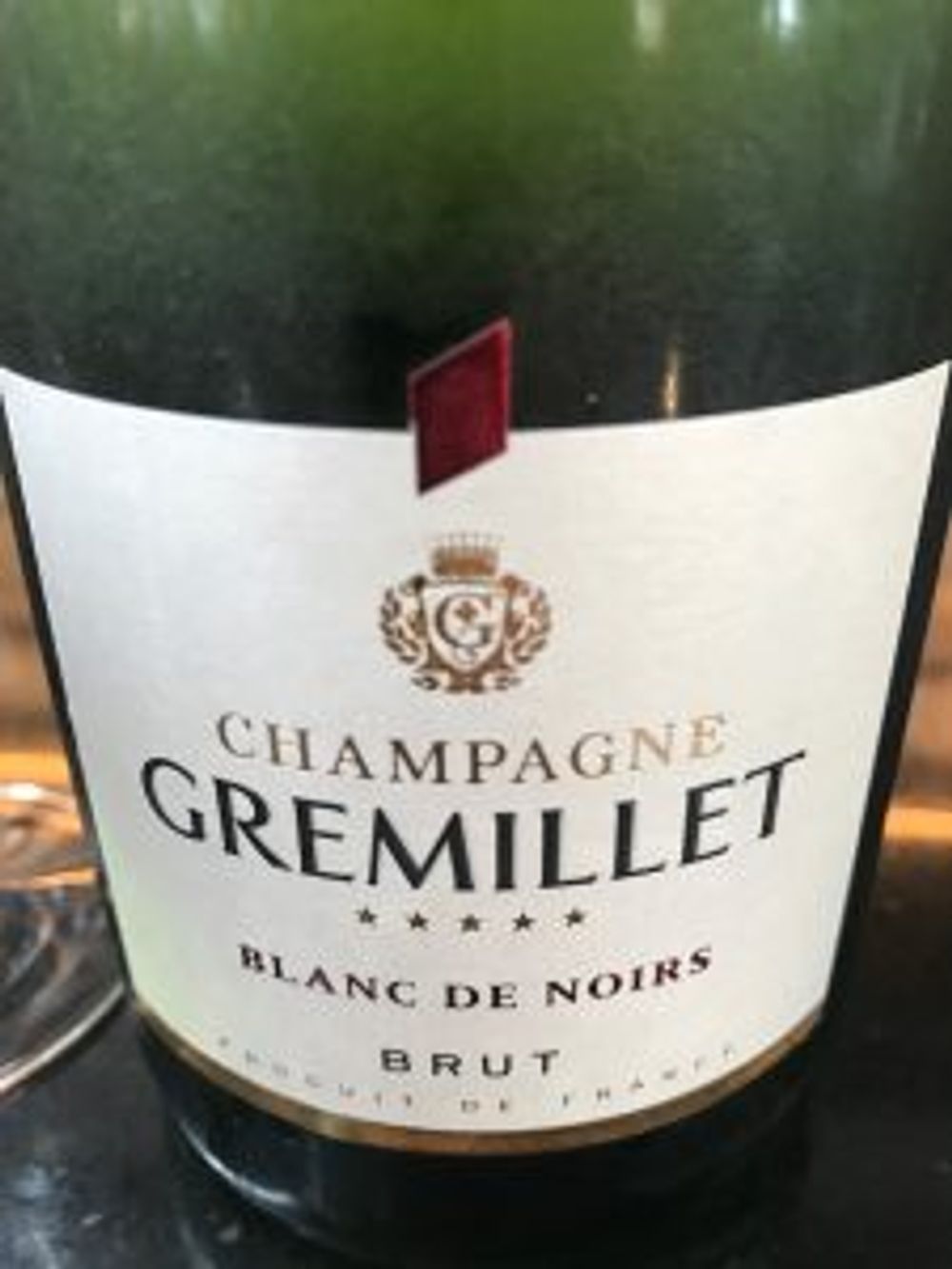
Planted with Gamay before the First World War, and replanted with Pinot Noir afterwards, the Aube is a Southerly region of Champagne that has the same terroir as Burgundy, more or less, which is why Pinot Noir excels here.
Seen traditionally as a bit of a ‘work horse’ region making quaffable Champagne, this reputation is now changing thanks to domaines like Gremillet upping the ante on the quality front.
The house has 40 hectares of its own and buys grapes to the equivalent of 50 more hectares, producing 500,000 bottles per annum, half of which goes to export.
They have a few impressive wines in their portfolio but the standout on the quality/ price matrix is their Blanc de Noirs. This has ripeness and fruitiness as you would expect from the Aube, has a fine mousse, toasty nose, complexity on the palate and a richness without losing freshness. You can pick it up retail in the UK for about £21, although it feels and tastes like it should come from a higher price bracket.
Gremillet’s Millésime 2009 was also drinking well.
The other vintages that showed well
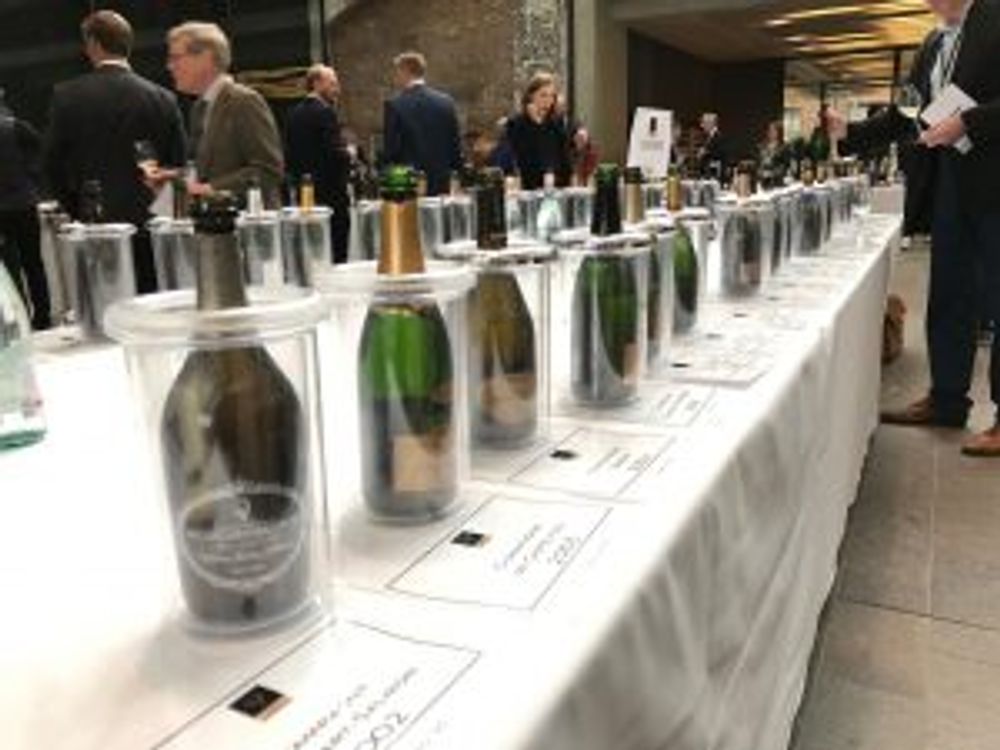
The 2009s, by comparison to the 2008s, were tasting much younger.
Louis Roederer stood out and Philipponnat and Vazard-Coquart showed well. My favourite ’10 was from Brice whose Blanc de Blancs was drinking beautifully on the other free-pour table.
The Vintage table had a selection of years spanning 2002-2011. The only 2002 (which very soon disappeared) was from Billecart-Salmon; it had lifted sweet aromatics and a searing acidity with crab apple and grapefruit zest notes. The 2003 De Castelnau was also citrusy but was more open and generous. Also noteworthy was the 2005 Gosset which had layers of flavour, great balance and a nice sherbet finish. Of the 2007s I picked out the Mandois and Montaudon as good value buys.



